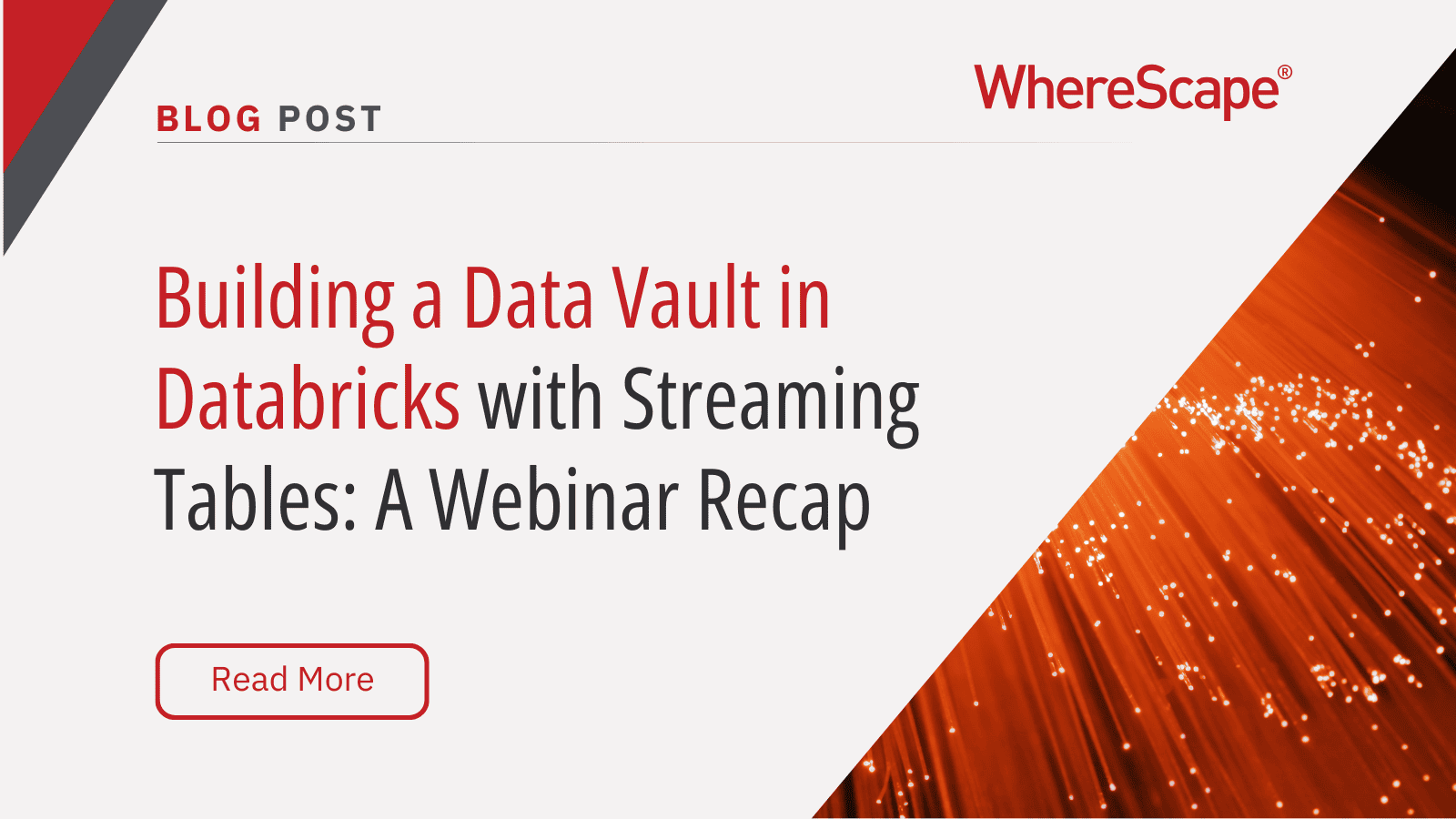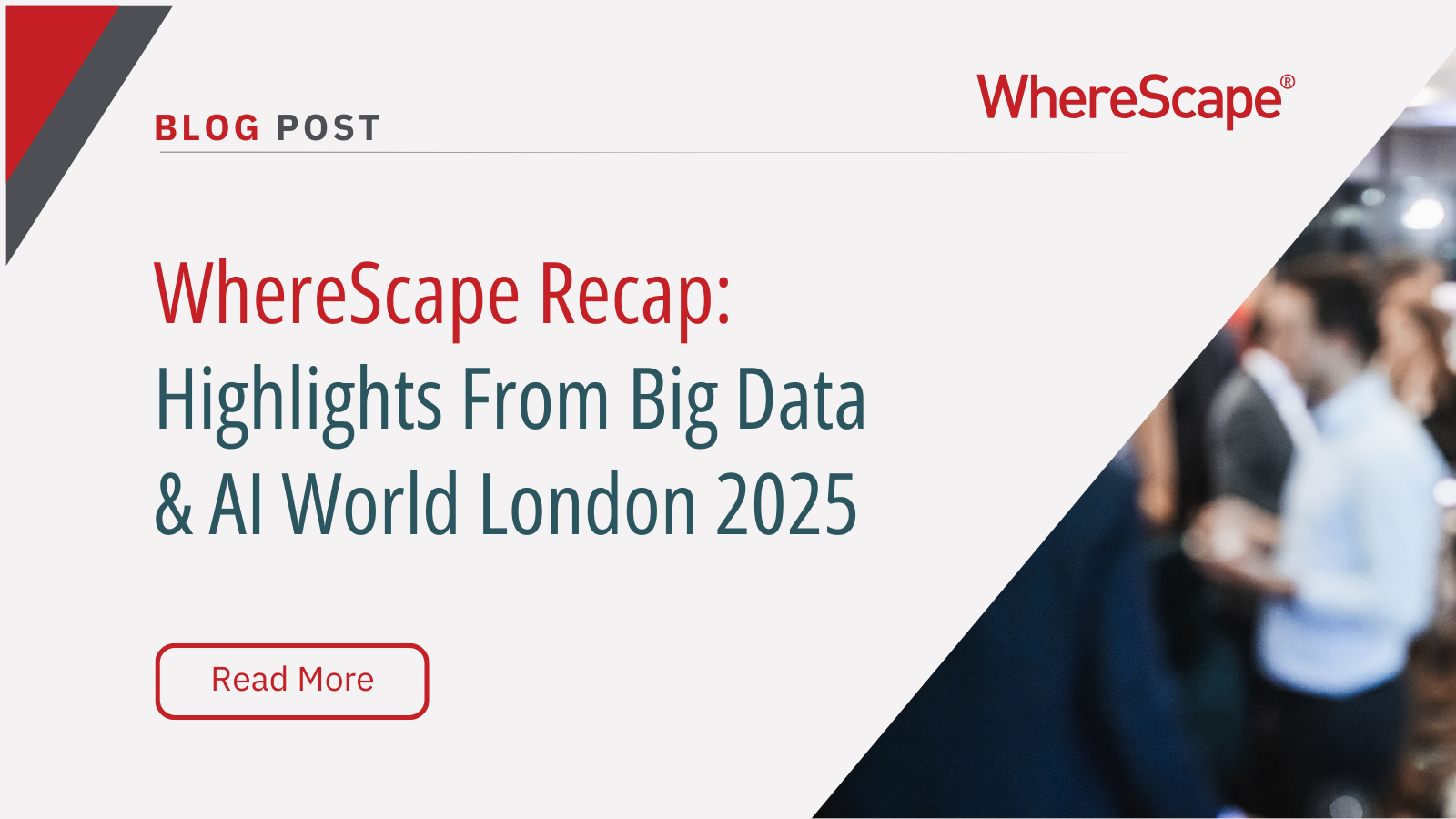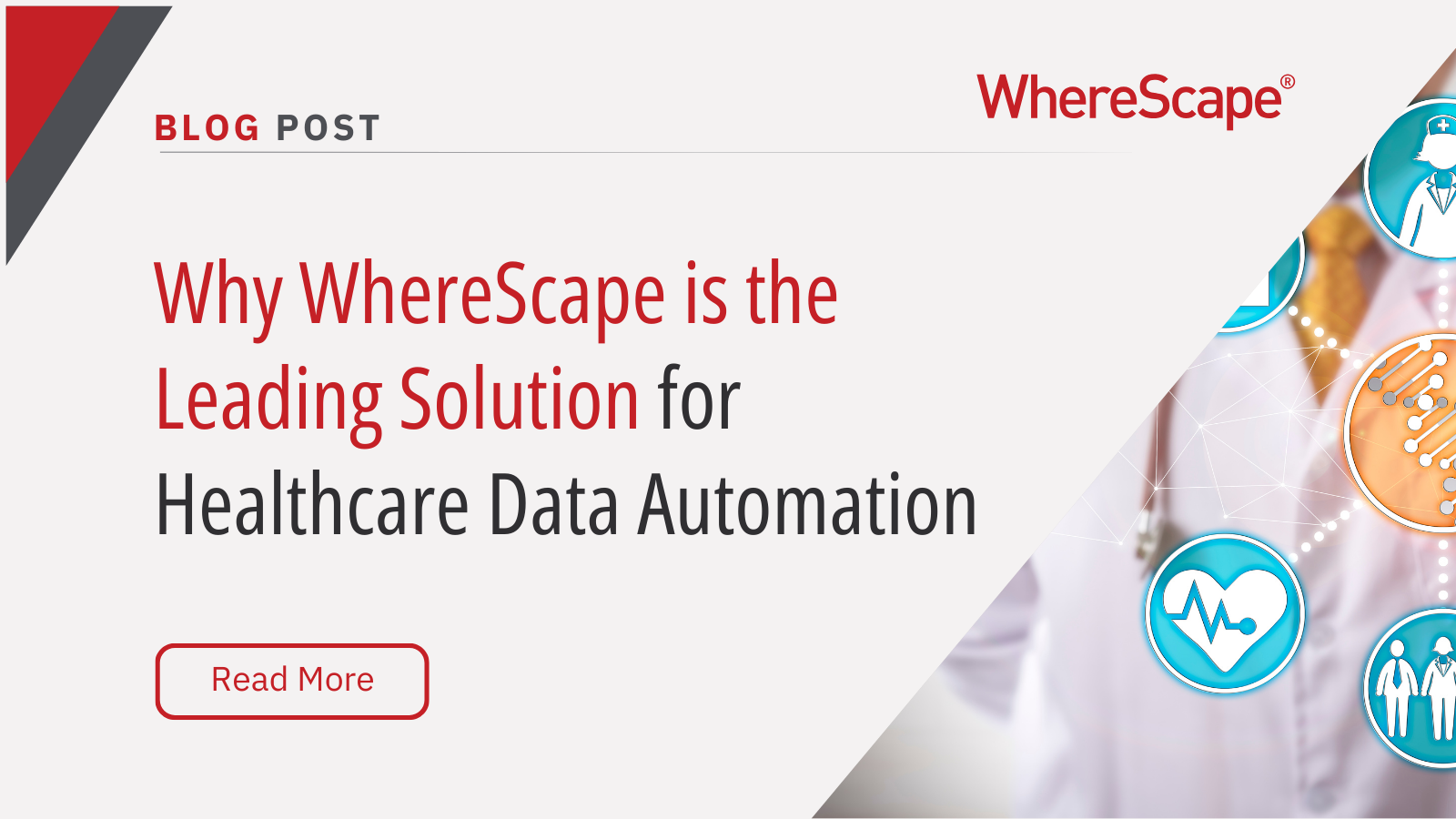Join us for a 60-minute live demo of...
The Assembly Line for Your Data: How Automation Transforms Data Projects
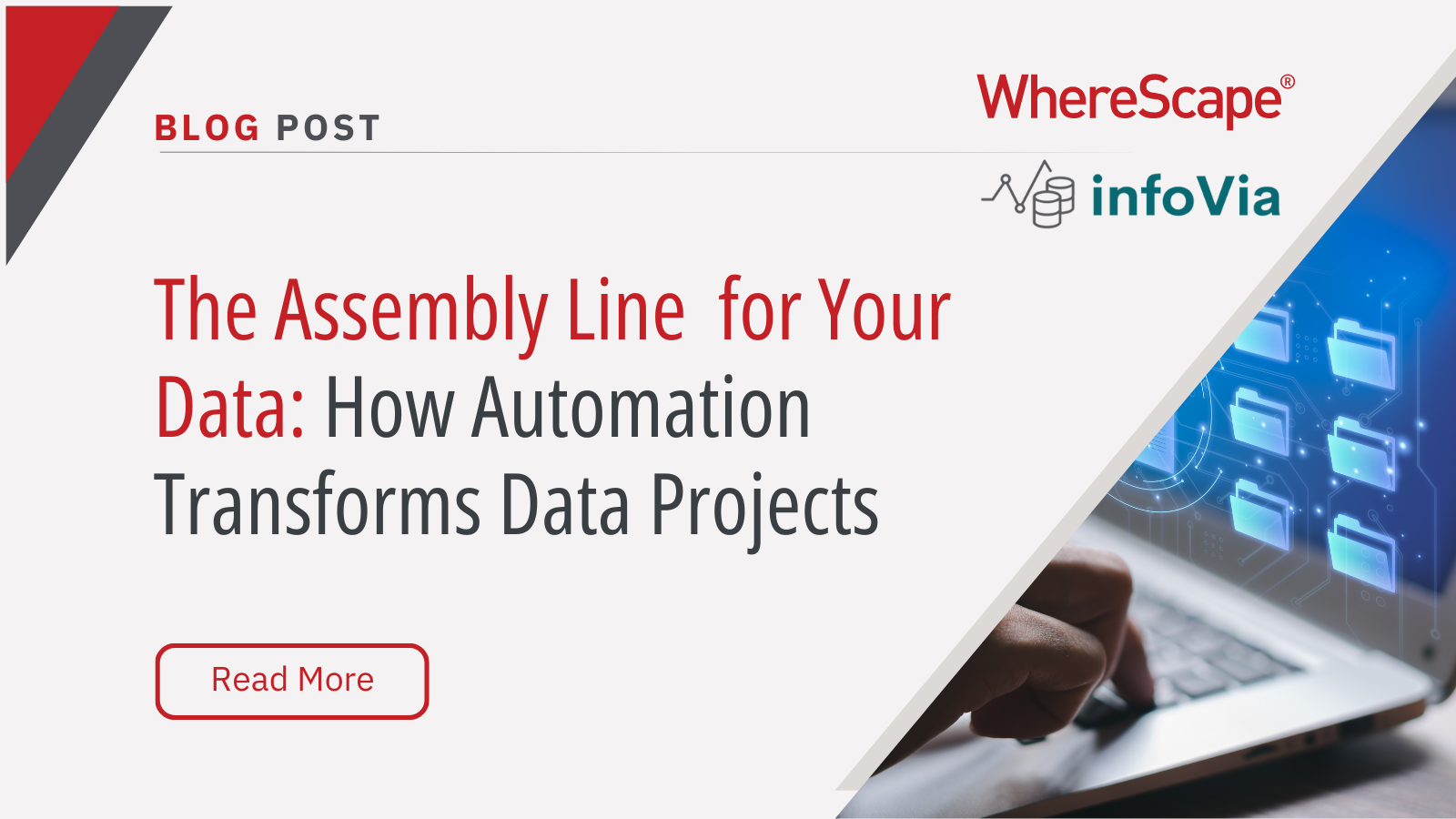
Imagine an old-fashioned assembly line. Workers pass components down the line, each adding their own piece. It’s repetitive, prone to errors, and can grind to a halt if one person falls behind. Now, picture the modern version—robots assembling products with speed, precision, and adaptability. This is the transformation automation brings to data projects.
Data isn’t just numbers; it’s the raw material of decision-making. Yet, for many organizations, managing it feels like an outdated assembly line—manual, slow, and full of bottlenecks. What if you could replace that with a streamlined, efficient system that scales with your needs? Welcome to the world of data automation.
Why Automation Matters in Data Projects
Gartner estimates that 87% of data science projects fail to reach production. That’s like designing a car that never makes it to the showroom. Automation provides the assembly line your data projects need to move from concept to delivery efficiently.
Here’s how:
- Reduces Manual Labor: Automation eliminates repetitive tasks like code generation and data validation, reducing errors and freeing up teams to focus on strategic initiatives.
- Improves Scalability: As your data grows, automation ensures workflows keep pace without reinventing the wheel.
- Enhances Agility: Tools like WhereScape empowers teams to prototype and iterate quickly, delivering insights faster.
Building Your Data Automation Assembly Line
Data Automation isn’t magic—it’s methodical. It requires a clear roadmap, just like building a state-of-the-art production line. Here’s how to get started:
1. Assess the Current State
Think of your tools and processes as your raw materials. Are they helping or hindering? Involve stakeholders early to identify gaps and align on goals.
2. Define the Blueprint
Set measurable objectives, such as improving data quality or reducing project timelines. Prioritize areas where automation will have the biggest business impact.
3. Pick the Right Machinery
Choose tools that can scale and adapt, like WhereScape 3D for modeling and WhereScape RED for automating code. Metadata-driven solutions are your blueprint for consistency and accuracy.
4. Strategize Like a Factory Manager
Break your roadmap into phases with clear milestones. Start with high-value quick wins, like automating data validation or reporting, to prove ROI early.
5. Implement Governance and Quality Control
Data is only valuable if it’s reliable. Use rigorous validation, monitoring, and security protocols to keep your “product” intact.
6. Partner with Automation Experts
Just as automakers rely on specialized engineers, partner with experts like infoVia. Their metadata-first strategies ensure seamless integration, scalability, and governance.
Avoiding Common Pitfalls
Automation is a tool, not a cure-all. To succeed:
- Start Small: Target low-hanging fruit with clear ROI.
- Avoid Overengineering: Focus on solving business challenges, not creating complexity.
- Optimize Continuously: Regularly refine your processes to stay efficient and effective.
The Power of Tools and Expertise
Think of WhereScape and infoVia as the robotics and engineers of your assembly line.
- WhereScape 3D: Maps out your data like a CAD model for a car.
- WhereScape RED: Automates repetitive coding, letting your team focus on innovation.
- infoVia: Provides expert guidance to align tools, teams, and goals seamlessly.
By combining the right tools with expert guidance, your data projects will deliver insights faster, more accurately, and with less effort.
Modernizing your data projects isn’t a luxury; it’s a necessity. Automation is the assembly line that transforms raw data into actionable insights. By building a roadmap, leveraging tools like WhereScape, and partnering with experts like infoVia, you’ll future-proof your data strategy and drive business results.
Ready to streamline your data production line? Contact infoVia today to take the first step toward data automation excellence.
Automating Data Vault in Databricks | WhereScape Recap
Automating Data Vault in Databricks can reduce time-to-value by up to 70%—and that’s why we hosted a recent WhereScape webinar to show exactly how. At WhereScape, modern data teams shouldn't have to choose between agility and governance. That's why we hosted a live...
WhereScape Recap: Highlights From Big Data & AI World London 2025
Big Data & AI World London 2025 brought together thousands of data and AI professionals at ExCeL London—and WhereScape was right in the middle of the action. With automation taking center stage across the industry, it was no surprise that our booth and sessions...
Why WhereScape is the Leading Solution for Healthcare Data Automation
Optimizing Healthcare Data Management with Automation Healthcare organizations manage vast amounts of medical data across EHR systems, billing platforms, clinical research, and operational analytics. However, healthcare data integration remains a challenge due to...
WhereScape Q&A: Your Top Questions Answered on Data Vault and Databricks
During our latest WhereScape webinar, attendees had fantastic questions about Data Vault 2.0, Databricks, and metadata automation. We’ve compiled the best questions and answers to help you understand how WhereScape streamlines data modeling, automation, and...
What is Data Fabric? A Smarter Way for Data Management
As of 2023, the global data fabric market was valued at $2.29 billion and is projected to grow to $12.91 billion by 2032, reflecting the critical role and rapid adoption of data fabric solutions in modern data management. The integration of data fabric solutions...
Want Better AI Data Management? Data Automation is the Answer
Understanding the AI Landscape Imagine losing 6% of your annual revenue—simply due to poor data quality. A recent survey found that underperforming AI models, built using low-quality or inaccurate data, cost companies an average of $406 million annually. Artificial...
RED 10: The ‘Git Friendly’ Revolution for CI/CD in Data Warehousing
For years, WhereScape RED has been the engine that powers rapidly built and high performance data warehouses. And while RED 10 has quietly empowered organizations since its launch in 2023, our latest 10.4 release is a game changer. We have dubbed this landmark update...
The Role of Clean Data in AI Success: Avoiding “Garbage In, Garbage Out”
Co-authored by infoVia and WhereScape Artificial Intelligence (AI) is transforming industries across the globe, enabling organizations to uncover insights, automate processes, and make smarter decisions. However, one universal truth remains: the effectiveness of any...
What is a Cloud Data Warehouse?
As organizations increasingly turn to data-driven decision-making, the demand for cloud data warehouses continues to rise. The cloud data warehouse market is projected to grow significantly, reaching $10.42 billion by 2026 with a compound annual growth rate (CAGR) of...
Simplify Cloud Migrations: Webinar Highlights from Mike Ferguson
Migrating your data warehouse to the cloud might feel like navigating uncharted territory, but it doesn’t have to be. In a recent webinar that we recently hosted, Mike Ferguson, CEO of Intelligent Business Strategies, shared actionable insights drawn from his 40+...
Related Content
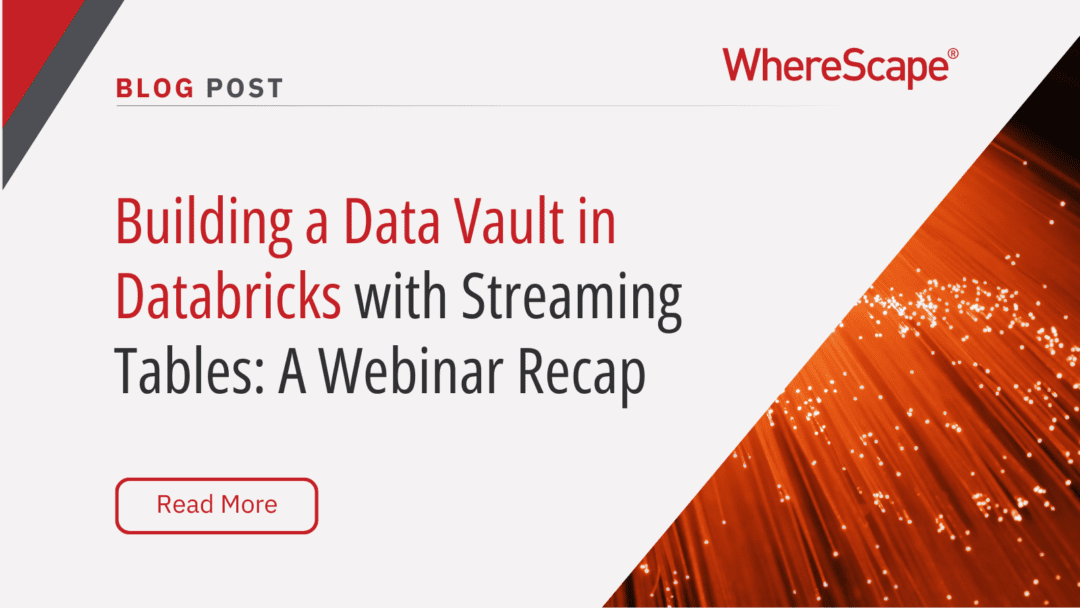
Automating Data Vault in Databricks | WhereScape Recap
Automating Data Vault in Databricks can reduce time-to-value by up to 70%—and that’s why we hosted a recent WhereScape webinar to show exactly how. At WhereScape, modern data teams shouldn't have to choose between agility and governance. That's why we hosted a live...
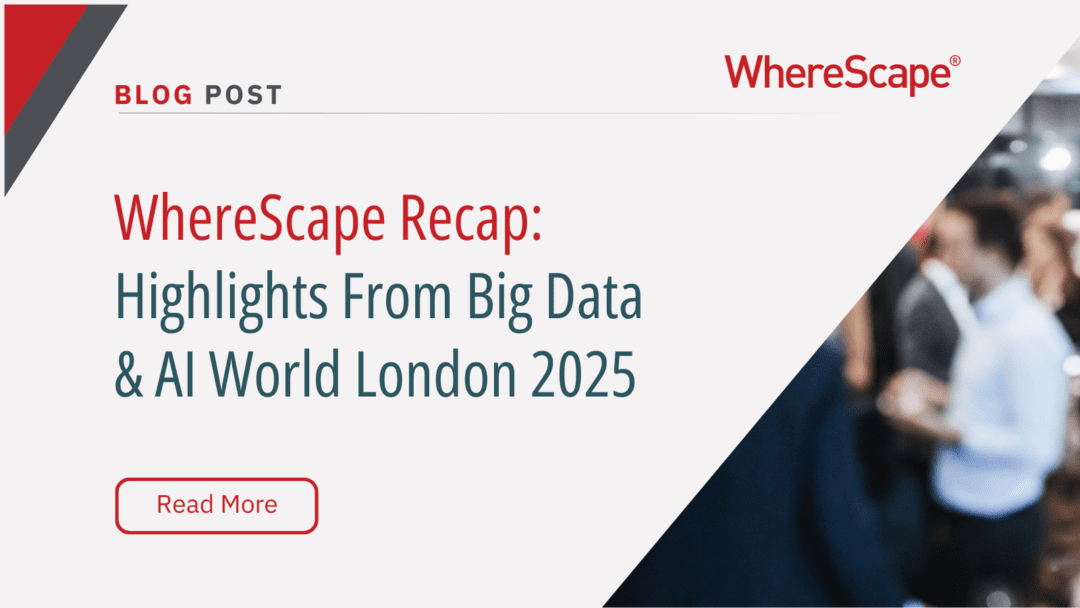
WhereScape Recap: Highlights From Big Data & AI World London 2025
Big Data & AI World London 2025 brought together thousands of data and AI professionals at ExCeL London—and WhereScape was right in the middle of the action. With automation taking center stage across the industry, it was no surprise that our booth and sessions...
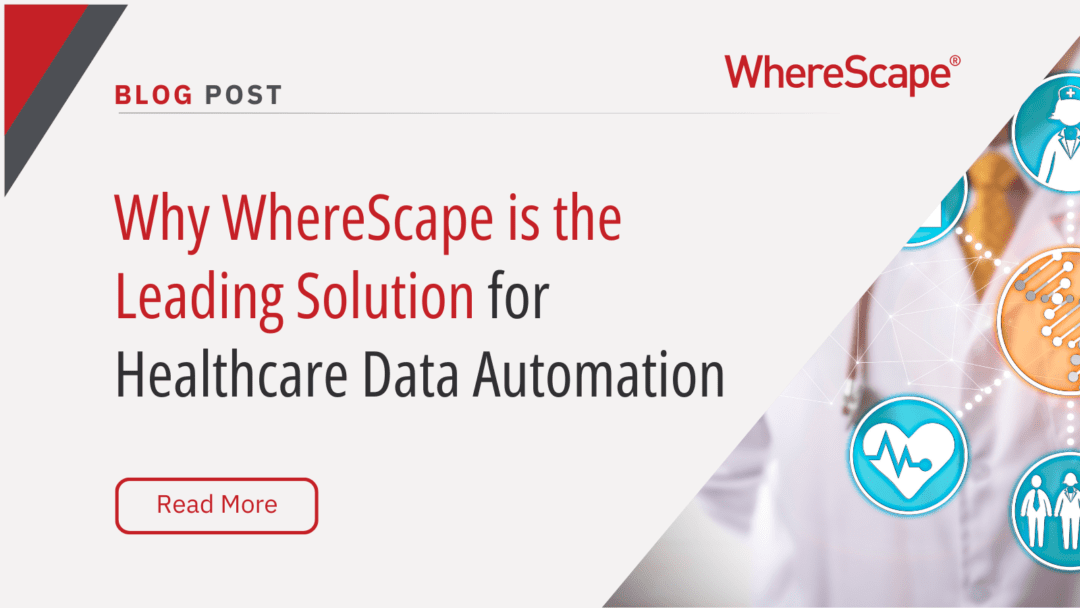
Why WhereScape is the Leading Solution for Healthcare Data Automation
Optimizing Healthcare Data Management with Automation Healthcare organizations manage vast amounts of medical data across EHR systems, billing platforms, clinical research, and operational analytics. However, healthcare data integration remains a challenge due to...
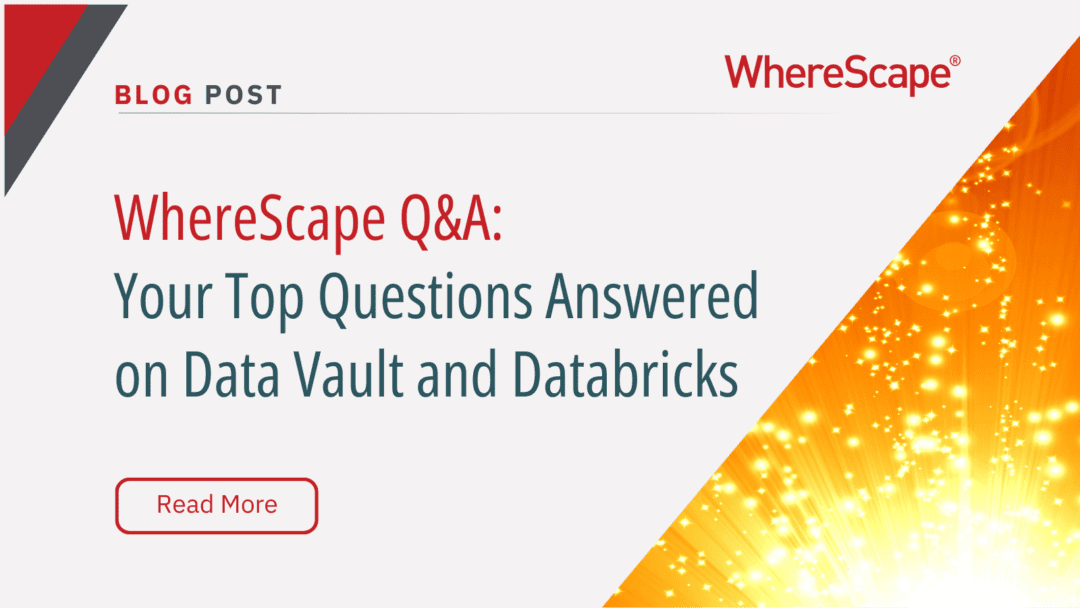
WhereScape Q&A: Your Top Questions Answered on Data Vault and Databricks
During our latest WhereScape webinar, attendees had fantastic questions about Data Vault 2.0, Databricks, and metadata automation. We’ve compiled the best questions and answers to help you understand how WhereScape streamlines data modeling, automation, and...


